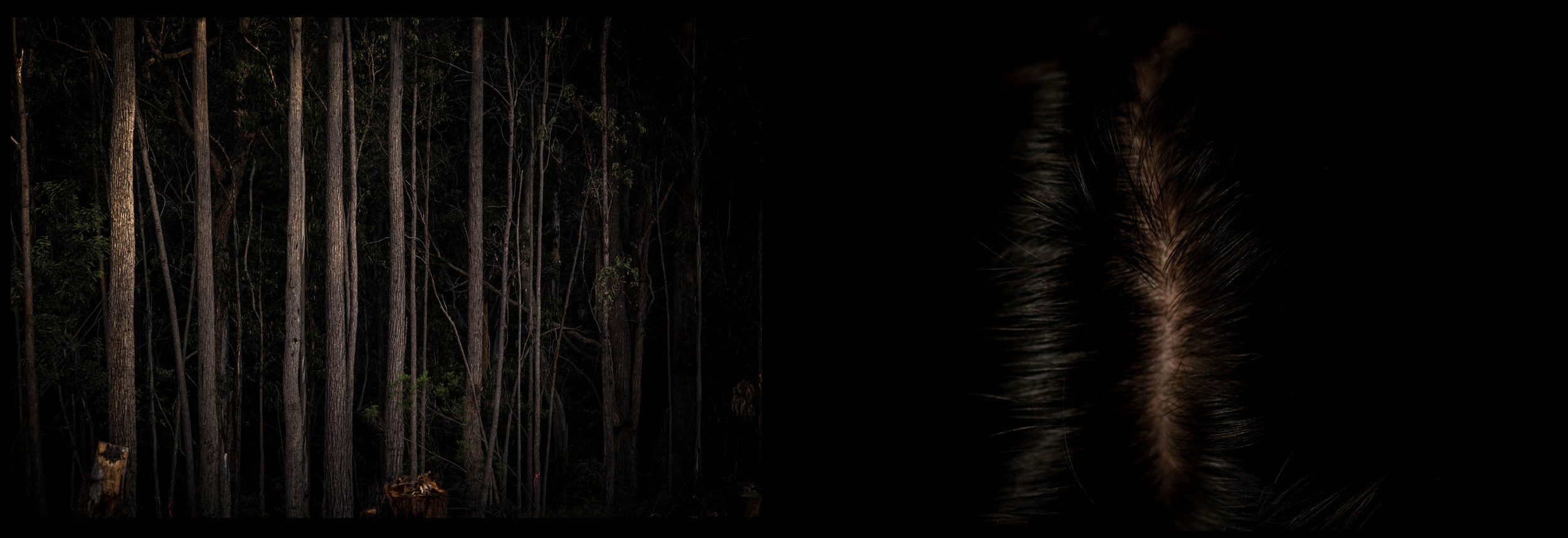It started with the fires.
In the summer of 2019-2020 every other morning I would jolt awake at 5am. The reminder that fires are burning all over the country would flood back into my consciousness. Bushfires had been ravaging Australia since winter and I found myself in a heightened state of anxiety by the loss of the Australian landscape as I once knew it.
I felt helpless and would pace the house like a caged tiger.
Faced with this I began experiencing what’s now known as eco-anxiety; a chronic fear of environmental doom.
I realised humans and the natural world are inextricably connected, I didn’t just love our land and its creatures – I was connected to it. What makes us human today is a result of thousands of years of evolution done so in symbiosis with the natural world, not despite it.
Then a global pandemic hit. We couldn’t go outside; experience nature, and for me, everything went dark. My depression started to rear its ugly head and panic attacks ensued.
During lockdown people were bursting to go outside, feel the sun, breathe the air. We need nature not just for survival but for a deeper connection; physically, emotionally and mentally.
What these crises tells us is that we are fragile. But we also need nature – to feel dirt under our feet, a breeze on face and vistas of desert, forest and ocean.
With the 2021 fires in California the worst in history, a death toll continuing to rise with COVID-19 and an uncertain future ahead – I believe what we have been shown is our own capacity to change. Because bushfires, drought and pandemics will happen again, but human beings are the only species that has the ability to see into, and plan for the future.
This series explores my own eco-anxiety at Australia’s climate crisis, followed by the COVID-19 pandemic and yet another example of being locked out of nature.
It’s a timely and final call for change and an expression of the hope that remains.

















